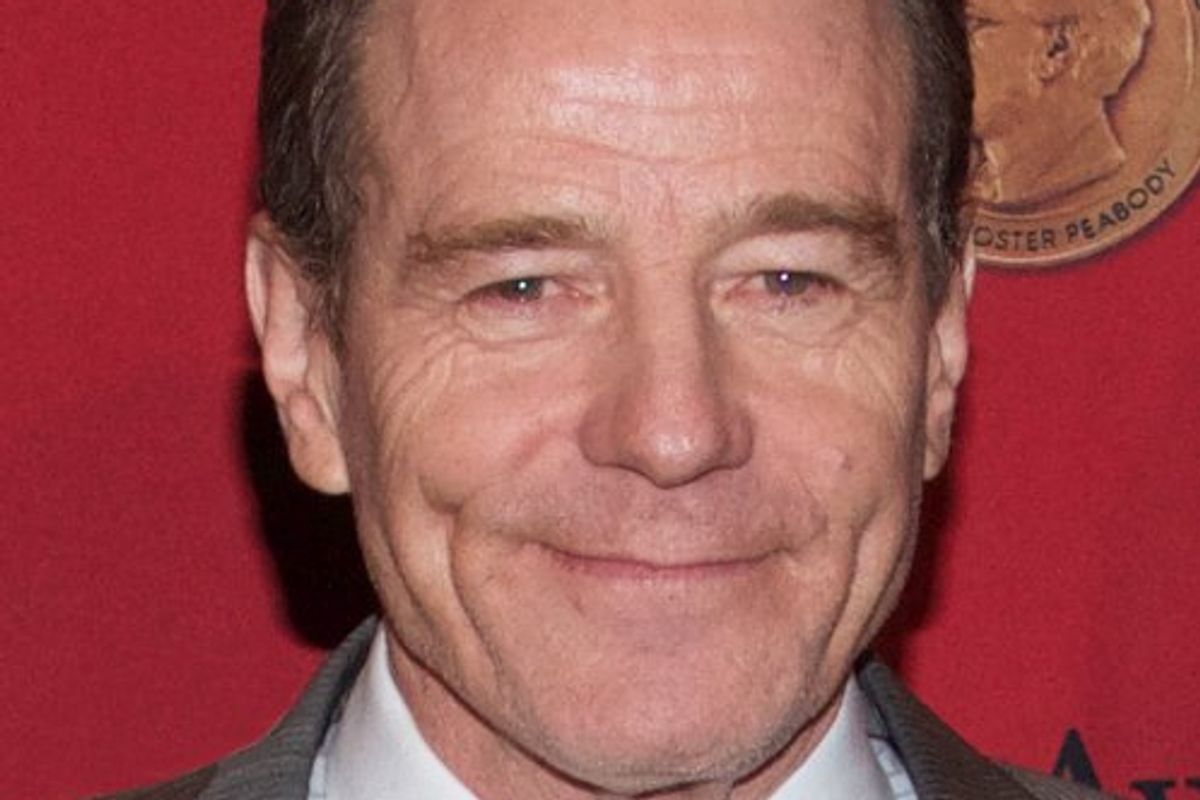Kindergarteners in 1949 were asked to draw their dads from memory. The results are stunning.
The portraits were even featured in Life Magazine.
Young girl drawing a face.
It was just another day in West Hartford, Connecticut. The year was 1949 and the place was Sedgwick Elementary School. Father's Night was approaching, so Kindergarten teacher Doris Morcom asked her young students to draw portraits of their dads. From the Inside History (via @Life) Instagram description, "Each child drew a portrait of their father entirely from memory."
What made this extra special was that Al Fenn, a photographer from Life Magazine was there to photograph the children with their fathers holding up the drawings. They revealed "portraits that were both delightfully imperfect and surprisingly accurate, offering a tender glimpse in the way children see their parents."
Fenn, incidentally, spent 15 years at Life Magazine, creating some diverse, iconic photos. The Life website shares, "In 1931, as a gift on his first visit to Europe, Al Fenn (1912-1995) was given a Leica. By the time he returned to the States, his 'heart now belonged to photography.'"
In each picture, the children seemed to beam while their fathers looked, by contrast, somewhat serious. These photos have been posted on many social media sites, but on the Inside History reel, many of the commenters mention how business-like the fathers looked in their suits. One writes, "Not ONE dad looks happy from the results." But this gets some push back from, well, a middle aged man. "They are happy. This is how middle aged white dudes look when we're happy. I feel so misunderstood."
Another points out it was of the time to be more conservative in photos, as one didn't get as many takes back in the day. "Some of the biggest smiles you'll see in a pic from this time period."
A common theme is the idea that the fathers look older than your average dad in 2025. Someone counters, "These pictures were accurate. I find it interesting that many people are saying the dads look old when in reality, I think we are just being so inundated with people chasing youth and wanting to look forever 20-something. We don't realize that these people, these fathers, look normal."
On the lighter side, many also mention how strangely on point the portraits are. One jokes, " To be fair, I couldn’t even draw a picture of my dad while looking directly at my dad." It's also noted how deeply proud these children seem, not only with their work as artists, but as their role as kids to these dads. "Look how proud the kids are," one commenter exclaims.
Some note the similarities that a few of them look to celebrities, particularly Brian Cranston and John Cena.

Their teacher, Ms. Morcom, wound up teaching for 35 years and just passed a few years ago at the age of 87. Most likely, she could not have known how impactful her sweet idea to have the kids draw their dads would be. And as an extra little treat? The fathers then took an aim at drawing her, which they proudly held up to be photographed.
This article originally appeared in July- Crayola is reuniting adults with their childhood artwork and it's surprisingly moving ›
- A 6-yr-old's art teacher said she did her painting 'wrong' and the responses are just great ›
- Why Maurice Sendak was delighted when a little boy ate the letter and drawing he sent him ›
- Woman who visited Sweden for 2 weeks has an epiphany: She can never marry an American man - Upworthy ›
